While newly confirmed coronavirus cases have largely subsided in China, global cases are still on the rise. With family, loved ones and friends spread out all over the globe, you may want to stay up-to-date on the latest news and updated COVID-19 figures.
One useful way to take in new information on the topic is through online coronavirus maps. There has been a plethora of new coronavirus-based domain names registered in recent months; however, some have proven to infect users with ‘malware’. Cybersecurity firm Nocturnus said on Wednesday that hackers have attempted to get people to click on coronavirus-related links containing malware to steal personal data or freeze their computer, as cited by Forbes.
In an attempt to avoid those malicious attacks, we’re recommending five trusted sites that provide a range of news and figures on the pandemic. These platforms compile their data from sources such as the World Health Organization (WHO), China’s National Health Commission (NHS) and the US Centers for Disease Control and Prevention (CDC), among others.
Johns Hopkins Coronavirus Resource Center
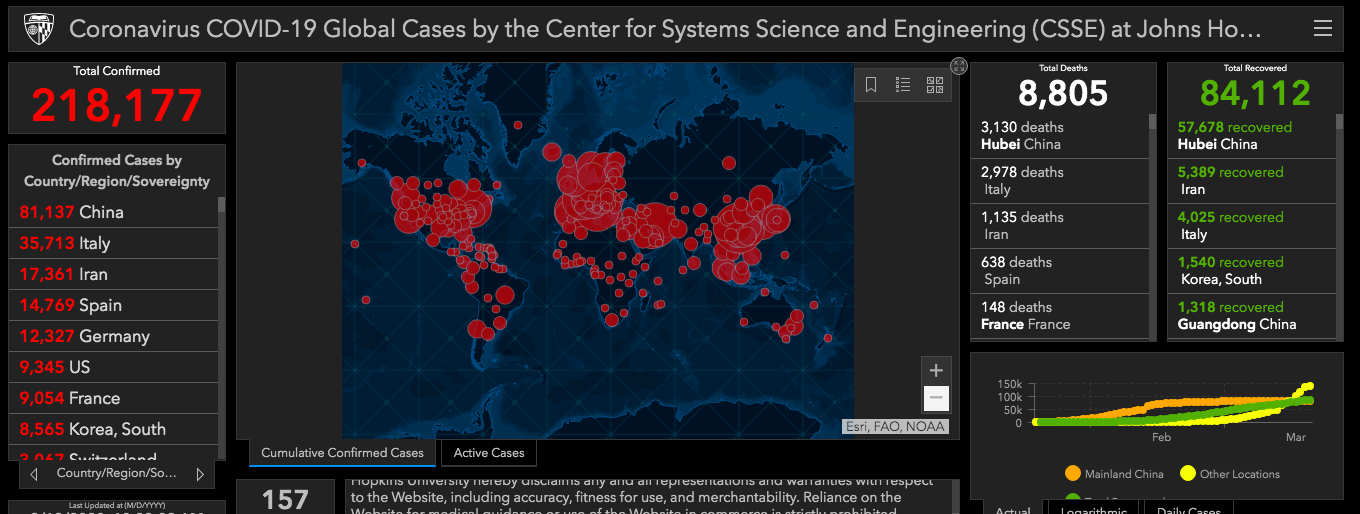
Screengrab via Johns Hopkins Coronavirus Resource Center
The team at Johns Hopkins Center for Systems Science and Engineering have done a masterful job in providing some of the most up-to-date statistics on the coronavirus outbreak. They display a world map of both cumulative and active cases, along with stats on countries, provinces, states and dependencies. In addition to their interactive COVID-19 map, all the basics on what people can do to stay safe and prevent the spread of the disease are accessible.
Click here or scan the QR code below to access:

World Health Organization Situation Dashboard
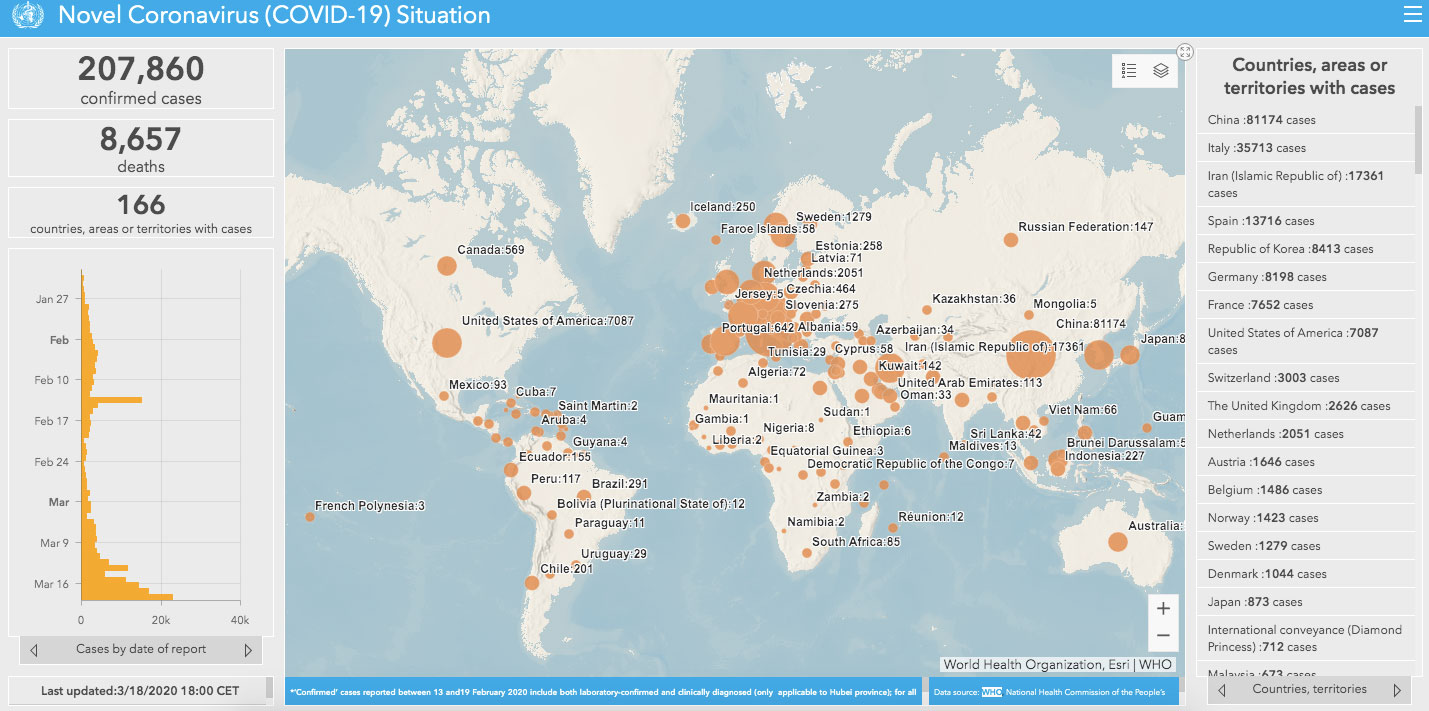
Screengrab via WHO
Straight from the horse’s mouth, the World Health Organization (WHO) provides a basic map showing countries, areas and territories with coronavirus cases. At the top-right corner of the page, you can also access the WHO Health Emergency dashboard as well as the homepage for WHO’s COVID-19 coverage, travel advice, ‘mythbusters’ and other helpful resources.
Click here or scan the QR code below to access:

Bing COVID-19 Tracker
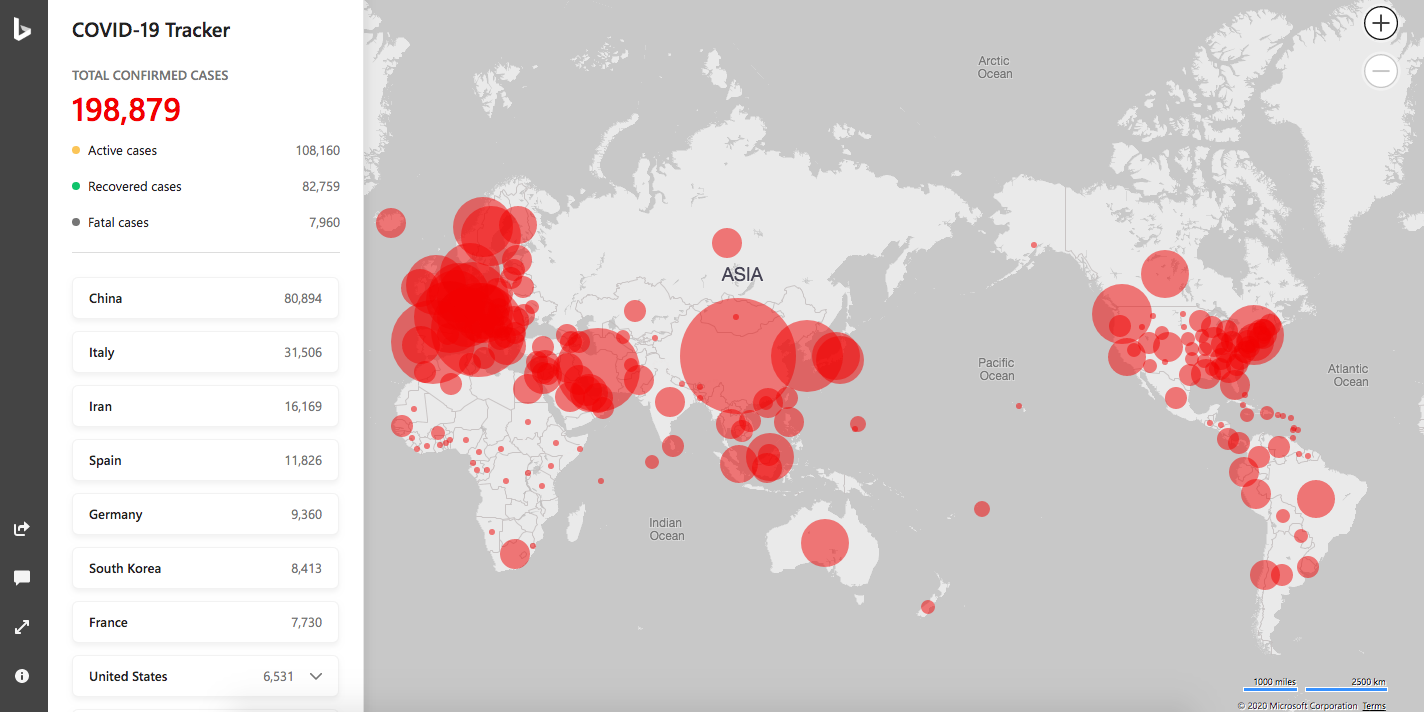
Screengrab via Bing
Sticking to the basics, Microsoft’s coronavirus map lays out total, active, recovered and fatal cases for COVID-19. One feature on the platform we find useful is local news coverage for each country. For example, want to check on the local news in Belgium regarding the pandemic? If so, simply click on the Belgium tab and a drop-down box of news articles will appear. Pretty, pretty nice…
Click here or scan the QR code below to access:
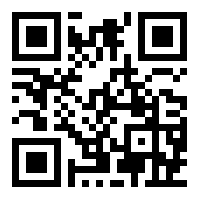
Ding Xiang Doctor Global Pandemic Real-time Report
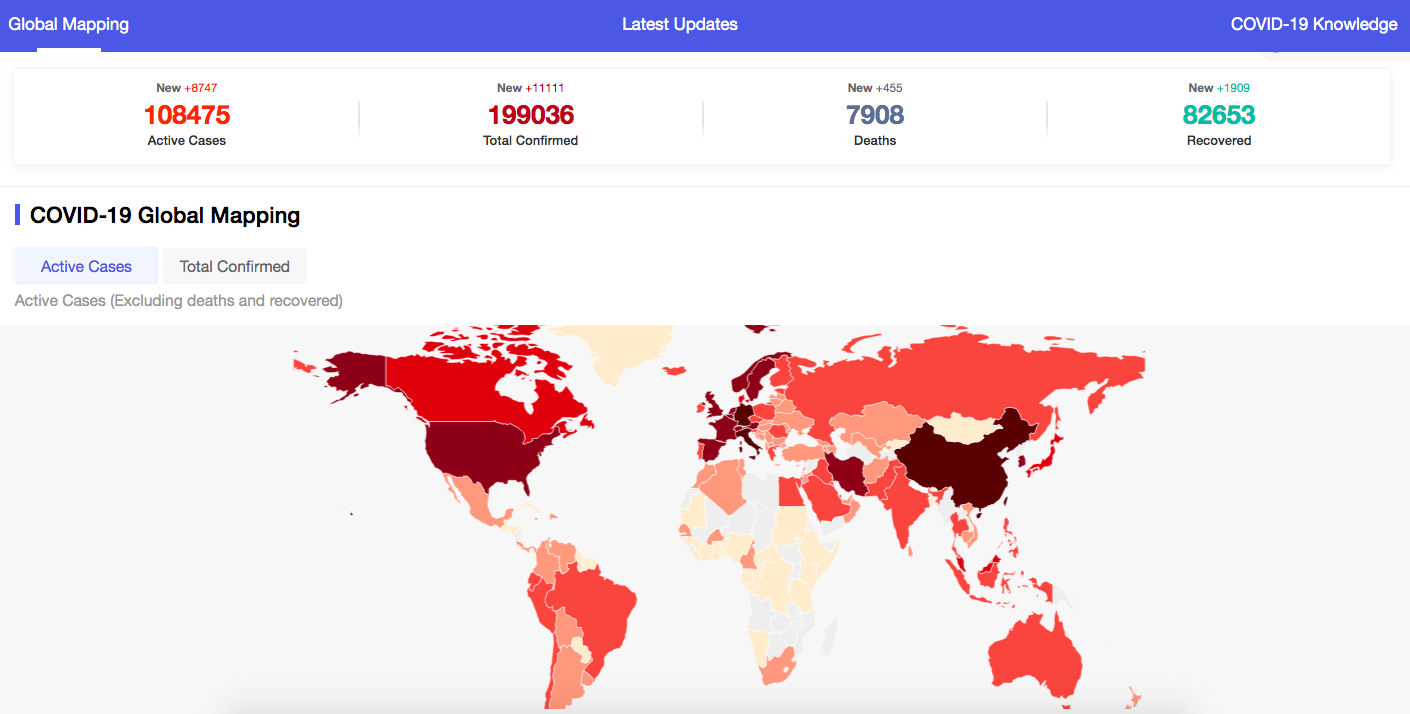
Screengrab via DXY.cn
Ding Xiang Doctor developed one of the earlier COVID-19 tracker maps back in January, which has been viewed over three billion times. The Chinese health information company recently launched an English version as well. The platform includes global mapping of COVID-19 and charts designed for each affected country, among other features. Ding Xiang Doctor also includes the latest coronavirus updates from around the world as well as useful information on COVID-19 and how to stay safe and prevent spreading the disease.
Click here or scan the QR code below to access:
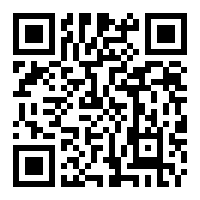
University of Washington COVID-19 Infection Map
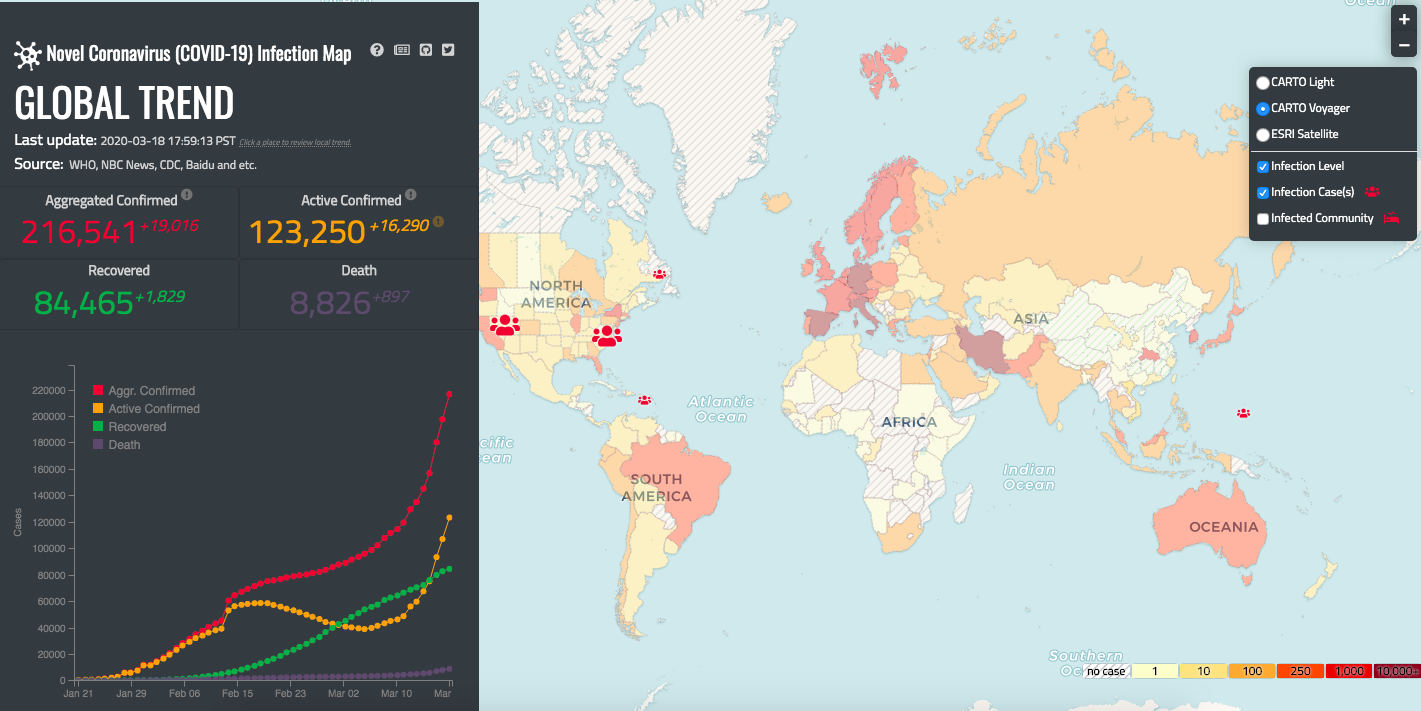
Screengrab via UW.edu
The Humanistic GIS Lab at the University of Washington created a map to track coronavirus cases around the globe, including a situational heatmap to track recent trends in affected countries.
Click here or scan the QR code below to access:

Note: Don’t spend too much time on these platforms. While they are informative in regards to the current health crisis, the more time you spend looking at the rising number of COVID-19 cases in countries like Iceland, the less time you spend doing things more likely to benefit you down the road.
[Cover image: screengrab via Johns Hopkins Coronavirus Resource Center]






Recent Comments